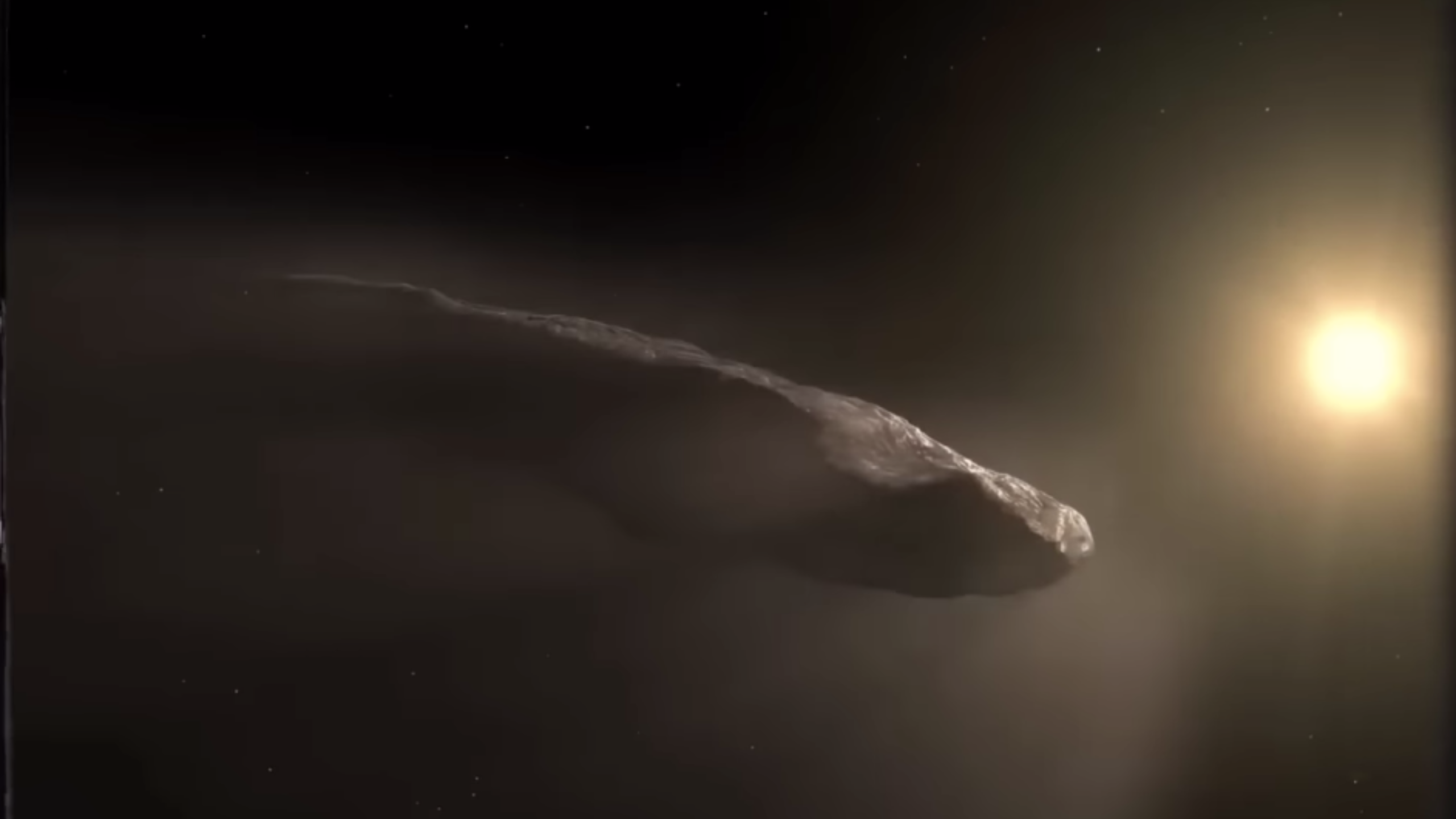Copyright International Business Times

Get ready to look up. A truly rare spectacle has arrived in our skies, one that stargazers and the public alike have been waiting generations to witness. Comet 3I/ATLAS is now visibly soaring past Earth, offering an unmissable opportunity to spot a celestial body that won't return for centuries. Don't miss this once-in-a-lifetime chance to connect with the cosmos. From Hiding to Highlight Having been directly opposite Earth two weeks ago — a position known as conjunction — the interstellar comet 3I/ATLAS was briefly out of sight. This absence followed its closest-ever approach to the Sun, or perihelion, which occurred just last week. The good news is that the comet has now emerged from behind our star and is once again visible. The next few weeks present a perfect opportunity for observation, particularly as our planet is actually closing the gap with the comet while it simultaneously recedes from the Sun. This convergence means anyone can join in and help study this amazing object. You will need a telescope or some high-quality binoculars to spot the comet in the pre-dawn hours. While you won't require costly equipment to observe it, do not anticipate a huge, bright event like Hale-Bopp, the famously grand comet of 1997, according to a report by IFL Science. Nevertheless, this remains an extraordinary opportunity to view a traveller that came from beyond our Solar System, having formed an estimated 10 billion years ago. How to Track Down Comet 3I/ATLAS To locate this elusive interstellar traveller, astronomers recommend a few key steps focusing on timing, location, and using reliable celestial guides. The most crucial advice comes from Dr Franck Marchis, senior astronomer and Director of Citizen Science at the SETI Institute and Chief Science Officer and co-founder of Unistellar, who offered the following guidance to IFLScience last week: 'November will be the ideal month to observe Comet 3I/ATLAS, a rare interstellar visitor that will shine near Venus and the bright star Spica in Virgo. Around 3 November, the comet will rise about two hours before sunrise. Its brightness may reach magnitude 10 — faint but visible through a telescope or good binoculars.' Finding the Comet (The Step-by-Step Guide) Timing: Set your viewing time for the pre-dawn hours (approximately two hours before sunrise) throughout November. Equipment: The comet is too faint for the naked eye. You will need a telescope or very good binoculars to spot this magnitude 10 object. Location: Look low in the eastern sky. Dr Marchis also provided simple navigational tips: 'To find it, start with Venus or Spica as guides. If you're unsure where to look, use a stargazing app (like SkySafari, Stellarium, or Sky Tonight) or a stellar map. Comets are unpredictable, so their brightness may change after perihelion — meaning this might be your best chance to catch it!' Based on recent sightings, Dr Marchis' brightness predictions appear to be spot on. Despite only approaching the Sun as closely as 203 million kilometres (126 million miles), 3I/ATLAS has shown a spectacular increase in activity. This sudden brightening transforms it into an easier, more exciting object for observers. Amateurs have already managed to photograph the comet, but capturing an image will now be much simpler. Because the comet remains low on the horizon, many major observatories are currently unable to track it. This situation creates a unique chance for amateur astronomers to step in. They can now do more than take pictures, offering the opportunity to contribute real scientific data. The opportunity for involvement is already underway. As Dr Marchis further explained, an extensive, established network powers this massive effort: 'Working with SETI Institute scientists, Unistellar's global network of 25,000 citizen astronomers will capture real-time data to help researchers study the composition and trajectory of this visitor from beyond our Solar System.' 'Participants will be able to share their observations through the Unistellar app and contribute to ongoing research at the SETI Institute.' Don't Miss This Celestial Opportunity The arrival of Comet 3I/ATLAS is more than just a passing astronomical event, it is a once-in-a-generation chance to connect directly with a traveller from outside our cosmic neighbourhood. With November being the prime viewing month, grab your binoculars, download a star map, and play your part in the observation effort. Look up now, before this rare visitor recedes into the interstellar void for good.



